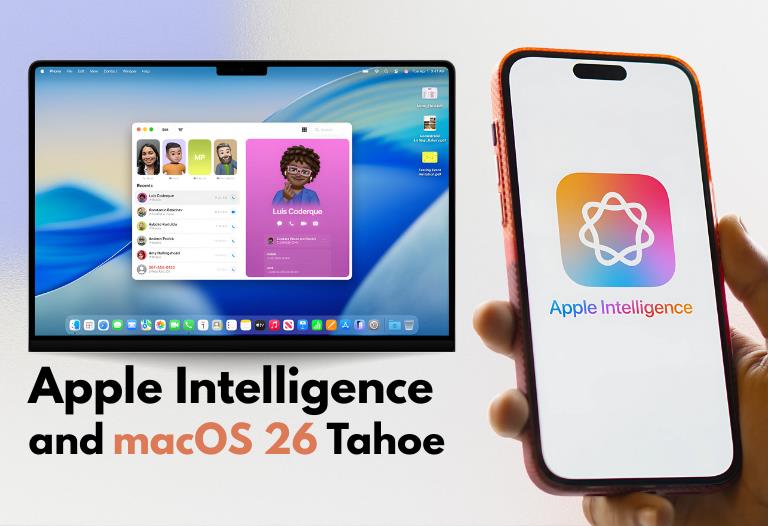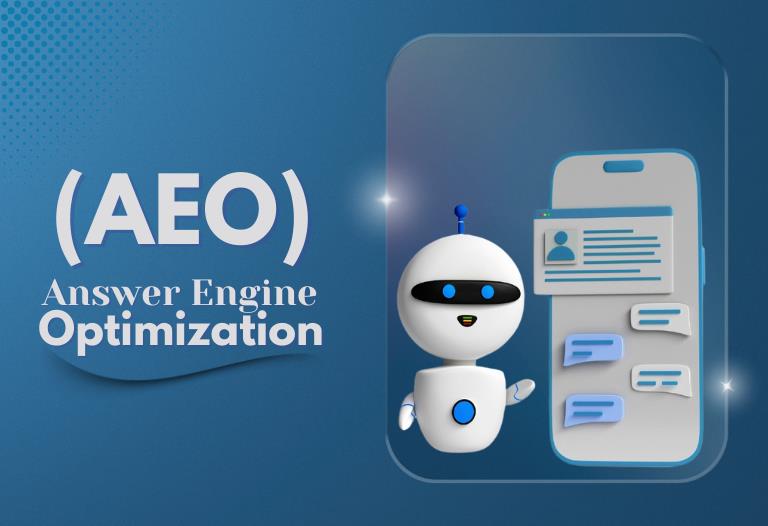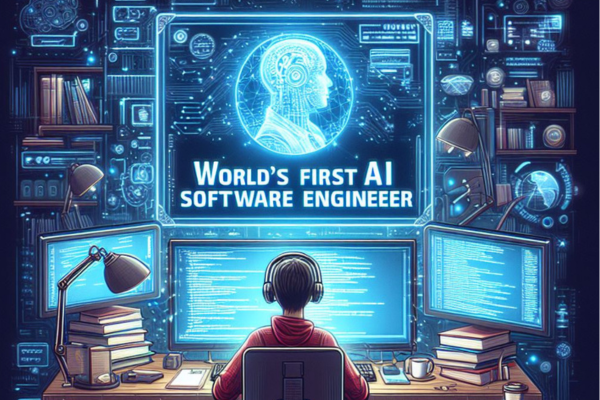The Google Search Generative Experience (SGE), which was originally scheduled to finish as a Google Labs project by the end of 2023, was covertly extended, indicating that SGE will not be making an appearance in search anytime soon. Google may have been better off taking a more indirect approach by allowing Microsoft to take the lead.
In a blog post discussing new artificial intelligence (AI) features coming to search, Google mentioned the extension of SGE almost as an afterthought.
An explanation for why Microsoft and six venture-funded AI search businesses lead the charge in developing the next generation of search, while Google stays out of the spotlight, was not provided. Now that the mystery has been answered, we know why Google is delaying the implementation of AI search.
Table of Contents
ToggleGoogle’s AI-Based Search Strategy
Google’s choice to maintain SGE as a Google Labs project is consistent with the company’s historical preference to include AI in the background.
Although it is not often obvious, artificial intelligence has been a part of Google Search in the background for longer than most people know.
1.RankBrain – 2015
The first use of AI in the search was the use of a technology called RankBrain. This technology was behind Google’s ranking system. RankBrain assisted ranking algorithms to understand how phrases used in search queries related to concepts in the actual world.
2.Neural Matching – 2018
Neural Matching was another implementation that gave Google’s computers a better understanding of more general concepts found in webpages and search queries.
3.SpamBrain – 2018
Because it helps sort out low-quality sites, Google’s spam-fighting AI, SpamBrain, is probably one of the most significant AI implementations in Google’s search algorithm.
4.Google MUM 2021
The Multitask Unified Model, or Google MUM, is among the most well-known AI systems that Google has released. MUM is a multimodal artificial intelligence system that can comprehend text and images and contextualize them into sentences or search queries.
Google Used AI Background
These are all instances of how Google uses artificial intelligence (AI) in the background to address various issues with search as features, occasionally as a component of the more comprehensive Core Algorithm.
Until transformer-based large language models (LLMs) were able to take centre stage, Google most likely would have kept utilizing AI in the background.
However, Google was compelled to act to incorporate AI more prominently with their Search Generative Experience (SGE) after Microsoft integrated ChatGPT into Bing.
Why Is SGE Not Prepared to Quit Google Labs?
It may seem strange that Google has not followed suit and is keeping SGE in Google Labs, given that Microsoft has incorporated ChatGPT into Bing. Google took this stance for valid reasons.
Google policy states that it will only deploy AI when it has demonstrated its viability and is applied responsibly. Generative AI is now unable to accomplish either of those two goals.
Before AI can be effectively included in the search, at least three significant issues need to be resolved:
- Because adding new data requires full retraining, LLMs are not suitable as information retrieval systems.
- The architecture of transformers is expensive and inefficient.
- The tendency of generative AI to produce false information is referred to as hallucinations.
Why Google Retains SGE Within Google Labs
Google introduced two new AI-based capabilities and gave thanks to the feedback it received regarding SGE in Google Labs. Currently, SGE is useful to Google for testing new features but not as a test run for an upcoming search engine update.
The reason SGE cannot be the next generation of AI Search in its current state is there are several challenging issues to resolve.
















